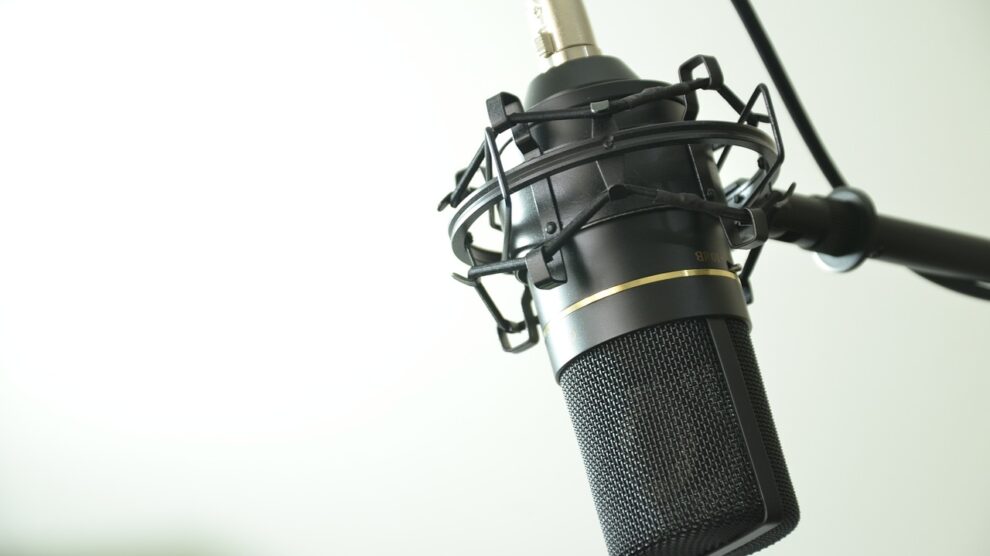Podcast content sharing is undoubtedly one of the best ways a blogger can use to make money and also establish themselves as an authority in their chosen field. However, getting started can seem like a herculean task in some cases. Don’t worry; this post will show you the 7 steps that every blogger can use to start podcasting.
Step 1 – Be certain that Your Blog or Website is Suitable for Podcasting
There are different types of websites or blogs but some are not suitable for podcasting. Therefore, you should start the process by ensuring that your website is suitable. Generally, you are better off with a self-hosting website or blog that allows you to be in control of your domain name and other important elements.
Step 2 – Define the Concept of Your Podcast
Before acquiring the right tools, registering on podcast hosting platforms and doing other things, it is important for you to define the concept of your podcast. Of course, there are different types of podcasts; therefore, you must understand what your podcast will be about. As a blogger, you probably have a niche; so, the niche can serve as the platform to build the concept of your podcast.
If you are still having a challenge with defining your podcast concept, ask yourself the following questions:
- Why do I want to start podcasting?
- What do I want to achieve with this podcast?
- What will be the theme of my podcast?
If you answer the questions above honestly, you should now have a clear idea of why you are setting up the podcast. As a rule of thumb, you should not start a podcast until you have defined your podcast concept.
Step 3 – Choose a Podcast Format
What format would you like to use for your podcast? There are tons of formats you can use but you need to choose a suitable one as it can help you decide the podcast hosting sites that best suit your needs. The most popular formats to consider include:
- Short or long.
- Solo or multiple hosts.
- Interviews.
- Storytelling.
- Case studies.
Consider your strength and passion before choosing a particular podcast format. Read more about choosing the right podcast format.
Step 4 – Create Suitable Identities for Your Podcast
Take a look at the majority of popular podcasts. You will notice that there are certain things you can identify with them. These identities are usually the podcast name, description, theme music, and cover art. If you have defined the concept of your podcast as well as its theme, this step will not be difficult for you.
Get started by choosing your podcast name. It is recommended that you choose a name that is straightforward and easy to remember. You can check out the directory of podcasts related to your theme to see how others have named their podcasts. Afterward, create cover art that is easy to see and read, meaningful and attractive. There are freelance cover art designers on Upwork, Fiverr and other freelance websites that can offer you this service.
Afterward, write a description for your podcast. Keep it short, error-free, and meaningful. To catch the attention of your listeners, you need catchy theme music for intro and outro. You can get free or paid theme music or pay a voiceover artist to introduce the podcast before you get started.
Step 5 – Select the Right Podcasting Hosting Sites
This is one of the most important steps for anyone that wants to start a podcast because the podcast hosting platforms of your choice can make or break your podcast. So, you must choose a high-quality, dependable and accessible podcast hosting site. Check out the best podcast hosting sites to avoid choosing a hosting site that will make your effort be futile.
In general, there are certain factors you need to consider when looking for the best podcast hosting sites. These factors include price, ease of use, embeddable players on the site, and RSS feed support.
Step 6 – Get Suitable Podcasting Tools
The success of your podcast also relies on the tools that you use. This is because the tools will determine the sound quality of your content which is the main thing that attracts your target audience.
What are the tools that you need to start podcasting?
Microphone and headphones – there are tons of high-quality headphones and microphones on Amazon.
Podcast software – a few of the best programs for recording and editing your podcast include Audacity, Hindenburg, GarageBand, Adobe Audition, and Descript.
Step 7 – Record, Edit and Publish Your First Podcast Episode
Having followed the 6 steps listed above, you are fully set to launch your podcast with the first episode. Take the time to record what you want to share with your listeners, edit it with the software, and publish it on a suitable podcast website. Also, you can add your podcast to the directory of Google Play Music, iTunes, Pocketcasts and so on.
Wishing you good luck as you start podcasting!





